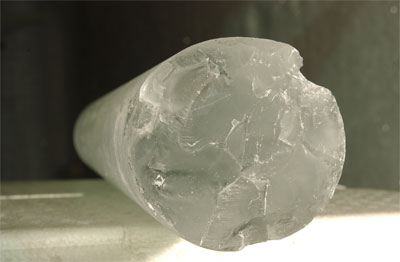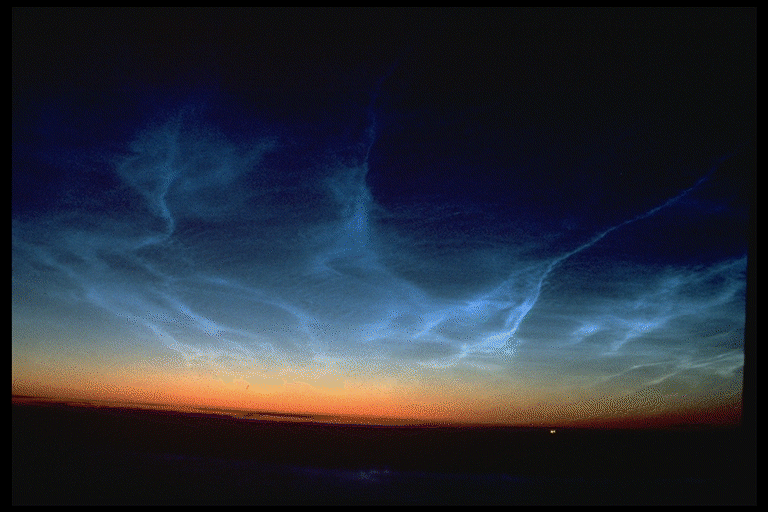This Thanksgiving Day, 200 tons of cosmic dust will slam into the Earth’s atmosphere!
While most sky watchers are excited about the two meteor showers that will flame through the skies before the holiday, it’s what you won’t see that is impressive. According to scientists, micro-meteors, cosmic dust, pour down on the earth every day. They may even be changing the climate.
The galaxy is messy, filled with debris from novas, melting comets and colliding asteroids. Scientists are studying how much dust is falling on Earth. Satellites indicate 200 tons a day. Ice cores taken from glaciers are filled with the stuff.

Ice cores from glaciers show cosmic dust has been raining on Earth for hundreds of thousands of years. Source: NASA
The micro-meteors are tiny (most are less than the diameter of a human hair) but they pack a punch. They hit the Earth with speeds of up to 154,100 mph! This creates tremendous heat (2,912˚F) causing the debris to melt or explode. If the cosmic particle is as big as 2 mm. (7/100th of an inch), you see it as a shooting star.
This is a lot of heat, energy and dust churning our upper skies. An international group of scientists is trying to learn if it is changing global climate. Dust has the potential to warm or cool the Earth depending on its size and composition. It can do this by either scattering or absorbing solar light. If light reflects away from the Earth, cooling occurs. If it's absorbed there's warming.
The cosmic dust contains metals, and scientists have discovered this changes the chemistry of the Earth’s ozone layer. Some particles reach Earth, fertilizing the oceans with iron. This helps plankton grow, which emit climate-related gases.

Cosmic dust creates glowing clouds of icy smoke. Source: NASA
The most mysterious effect is ‘noctilucent’ clouds—the highest clouds in the skies. Ice collects on floating particles and it creates icy smoke 50 miles above the earth. In summertime, you can see the clouds in the light from the rising or setting sun. They glow an eerie blue and seems to ripple like waves across the skies.
The one thing the scientists know for sure is—the sky is falling. Chicken Little was right!











